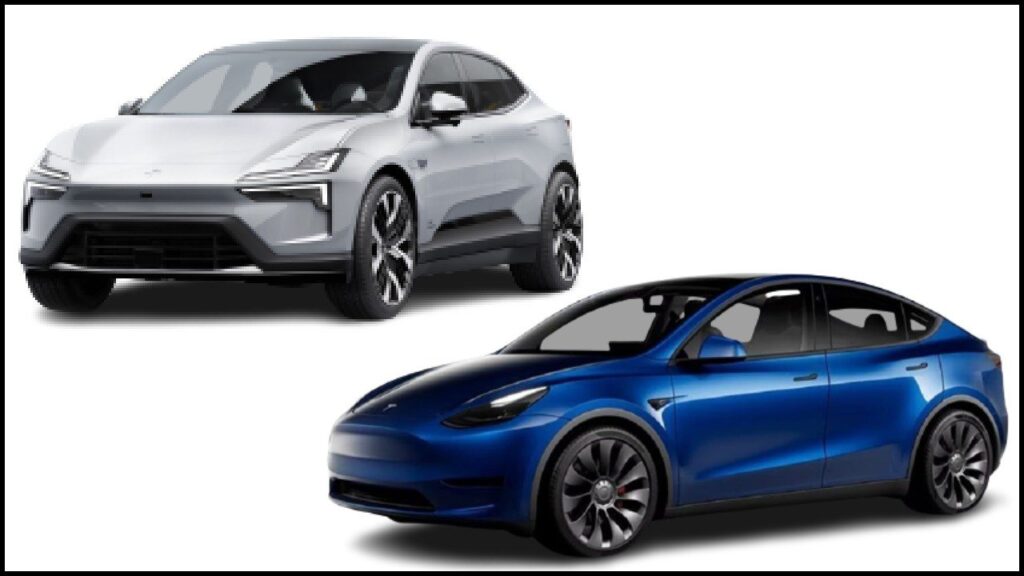Ownership Experience of EVs More Tricky Than ICE Cars – Study
While there are cutting-edge technological features in modern EVs, they could be more prone to malfunction, as per a study by J.D. Power. Modern-day EVs could be trickier when it comes to the ownership experience in comparison to traditional ICE cars. While that might seem like a broad statement, there are dedicated studies which prove this. Popular firm, J. D. Power surveyed 82,472 car owners of 2023 model vehicles in the first 90 days of ownership. This was the basis of this survey. The results are quite surprising. You might also like: Is Leasing EVs Cheaper Than ICE Cars? Ownership Experience of EVs vs ICE Cars As per the J.D. Power 2023 U.S. Tech Experience Index (TXI) Study, this survey focused on the user experience with advanced vehicle technology and problems encountered by new car owners. Out of the 21 fancy features available in both electric cars (excluding Tesla) and traditional gas-powered cars, 17 of them have more issues for every 100 electric cars compared to gas cars. On top of that, people are less satisfied with electric cars when it comes to 86% of these advanced features compared to gas cars. Some features, like remote parking help (27.4 issues per 100 electric cars versus 10.7 issues per 100 gas cars) and controlling the car’s functions with hand gestures inside the car (49.6 issues per 100 electric cars versus 31.2 issues per 100 gas cars), show some of the biggest differences between these two types of cars. These research results are the same in both the J.D. Power 2023 Initial Quality StudySM (IQS) and the 2023 Automotive Performance, Execution, and Layout (APEAL) Study.SM In the IQS, there are 46% more issues with electric vehicles (excluding Tesla) compared to traditional gas vehicles. When it comes to the APEAL categories, people who own electric vehicles are less satisfied in nine out of ten categories compared to those who own gas vehicles. You might also like: Munro MK_1 is an Electric SUV with Traces of Land Rover Defender Other Key Findings of This Study New manufacturers like Tesla, Rivian, Lucid, and Polestar are impressing in the U.S. market with their advanced tech offerings, outpacing traditional manufacturers in innovation. However, they also face higher problem levels with advanced technologies compared to the industry average. Issues with Biometrics Biometric technologies that monitor behaviours (e.g., eye movement) are less problematic but annoying. Owners don’t find them very useful, with low desirability for future vehicles compared to other advanced technologies. Plug and Charge “Plug-and-charge” technology, which streamlines electric vehicle charging, is highly appreciated by owners, with 72% expressing a desire for it in their next vehicle. It’s generally well-implemented across manufacturers. ADAS Safety Features Usage of safety and advanced driver assist systems (ADAS) has slightly declined among owners, raising concerns about maintaining a positive customer experience and trust in these features, especially for technologies like reverse automatic emergency braking, safe exit assist, and automatic emergency steering. You might also like: Which is Better EV Battery Cooling System – Liquid or Air? Top Scoring Global Carmakers Genesis secures the top spot not only for innovation overall but also among premium brands, boasting an impressive score of 656. In the premium category, Cadillac and Lexus share the second position with identical scores of 533. In the realm of mass market brands, Hyundai takes the lead in innovation, scoring 547 points. Following closely, Kia secures the second position with a score of 528, while GMC secures the third spot with a score of 505. You might also like: New 3D Technology Claims To Make EV Batteries Safer Learn Electric Cars Says There is no doubt that the current electric cars come packed with the latest tech and connectivity features to the gills. However, there could also be a lot of issues with them. Firstly, the average car owner might not be open to so many new changes. People often struggle every time there is a new technology in any field. Secondly, with more electronics in the cars, there are chances of malfunctions. That is not just limited to automobiles. When the entire system depends on battery, electricity and electric cables, one can’t be certain about the behaviour in so many new environments. Nevertheless, with time, people will get more accustomed to using these features. Even the carmakers will come up with more robust hardware and software. It will, hopefully, be less prone to failure.










